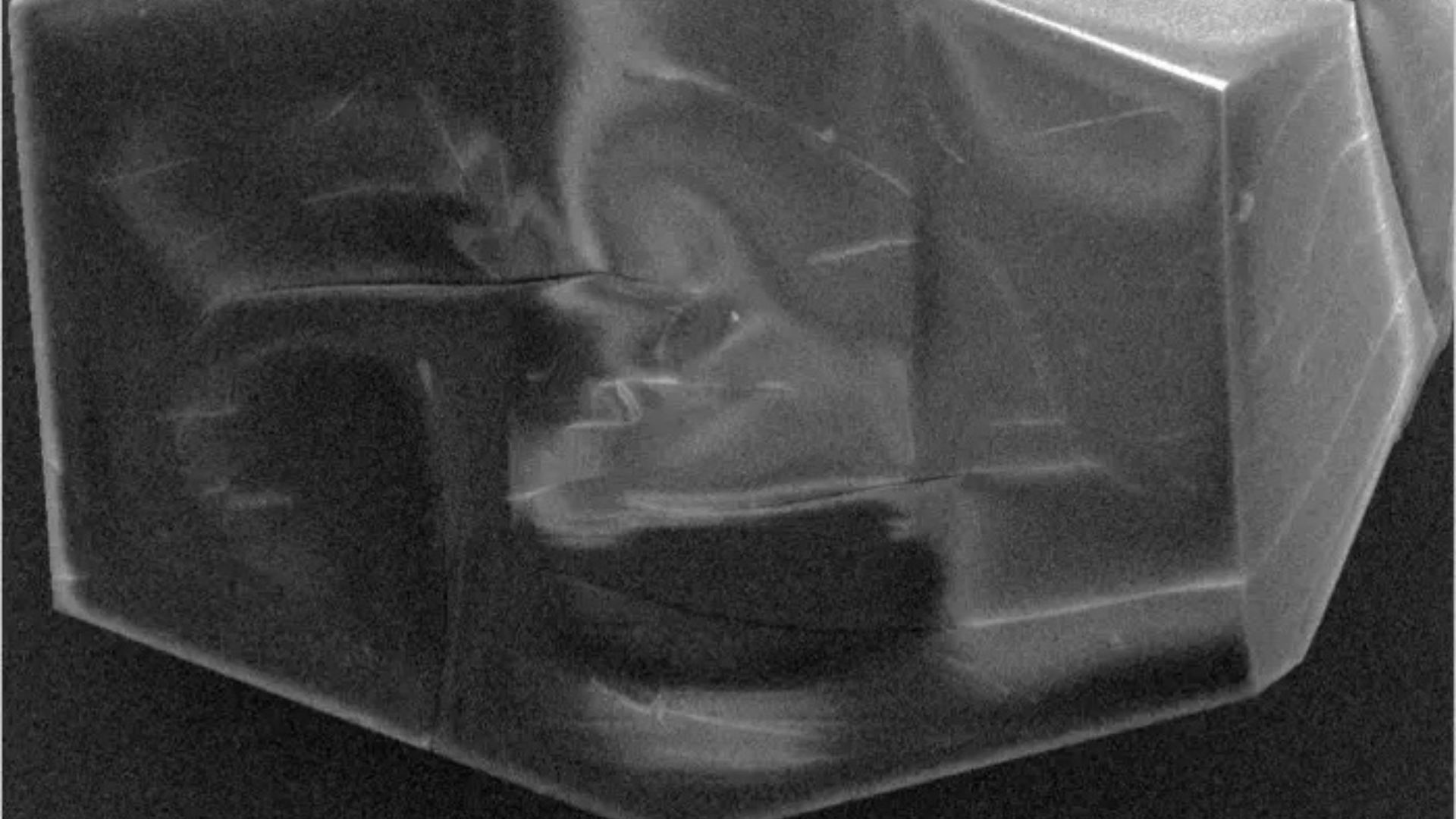Molecular dynamics are essential for life, an intricate process fundamentally driven by the proton. We...

Molecular dynamics are essential for life, an intricate process fundamentally driven by the proton.
We encounter them every day, linked to the pH of our soaps and lotions.
Protons play a vital role within living systems for energy production in cells and countless other functions.
For years, scientists believed proton transport in biology was primarily a chemical process – a simple hopping game between water molecules and amino acids.
But now, new research is revealing a surprising twist, a quantum secret hidden within the fabric of life.
“Our findings show that the way protons move in biological systems isn’t just about chemistry — it’s also about quantum physics. This opens new doors for understanding how information and energy are transferred inside living things,” said Naama Goren from the Department of Applied Physics and the Nano Center at the Hebrew University of Jerusalem.

Quantum secret
A team from the Hebrew University of Jerusalem, along with Prof. Ron Naaman from the Weizmann Institute and Prof. Nurit Ashkenasy from Ben Gurion University, made this major scientific leap.
They offer a new understanding of life’s internal mechanisms, driven by an unexpected link between electron and proton movement.
The team found, for the first time, that the movement of protons in biological systems is not “purely chemical.”
The research demonstrates a direct link between electron spin and proton transfer within chiral biological environments, such as proteins.
The team focused on biological crystals, including lysozyme, an enzyme found throughout the living world.
What they uncovered was surprising: electrons and protons don’t just move independently; their movements are intimately linked.
Electron with spin
The team showcased that by injecting electrons with a specific spin – a quantum property that makes them behave like tiny magnets – they could influence how easily protons moved through the lysozyme crystal.
Interestingly, injecting electrons with one spin made proton movement easier, while injecting electrons with the opposite spin noticeably hindered it.
This remarkable effect is connected to the excitation of what are called chiral phonons – tiny vibrations within the crystal’s structure.
These vibrations act as a bridge, mediating the interaction between the electron’s spin and the proton‘s mobility.
This phenomenon is rooted in the Chiral Induced Spin Selectivity (CISS) effect, which reveals how chiral molecules interact differently with electrons based on their spin.
“This connection between electron spin and proton movement could lead to new technologies that mimic biological processes, and even new ways to control information transfer inside cells,” said Yossi Paltiel, one of the lead authors.
The team says that connecting quantum physics and biological chemistry provides a deeper understanding of life’s fundamental mechanisms and opens possibilities for developing technologies that can imitate or manipulate biological processes.
It could also lead to the development of innovative tech in various fields, including energy and nanotechnology.
The findings were published in the journal PNAS.